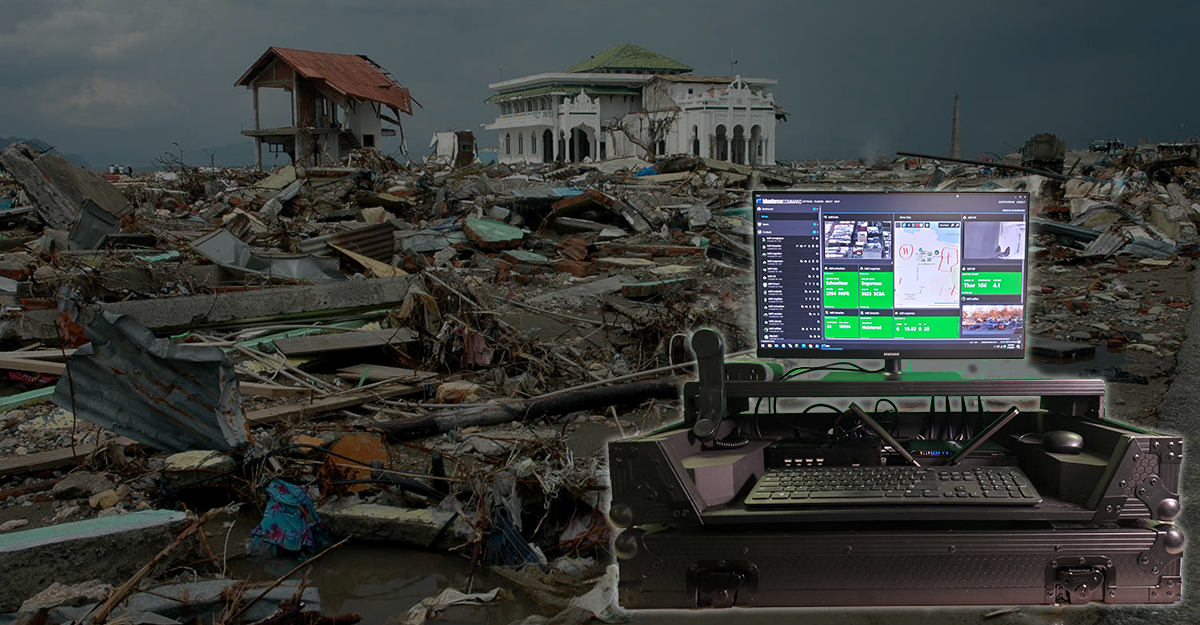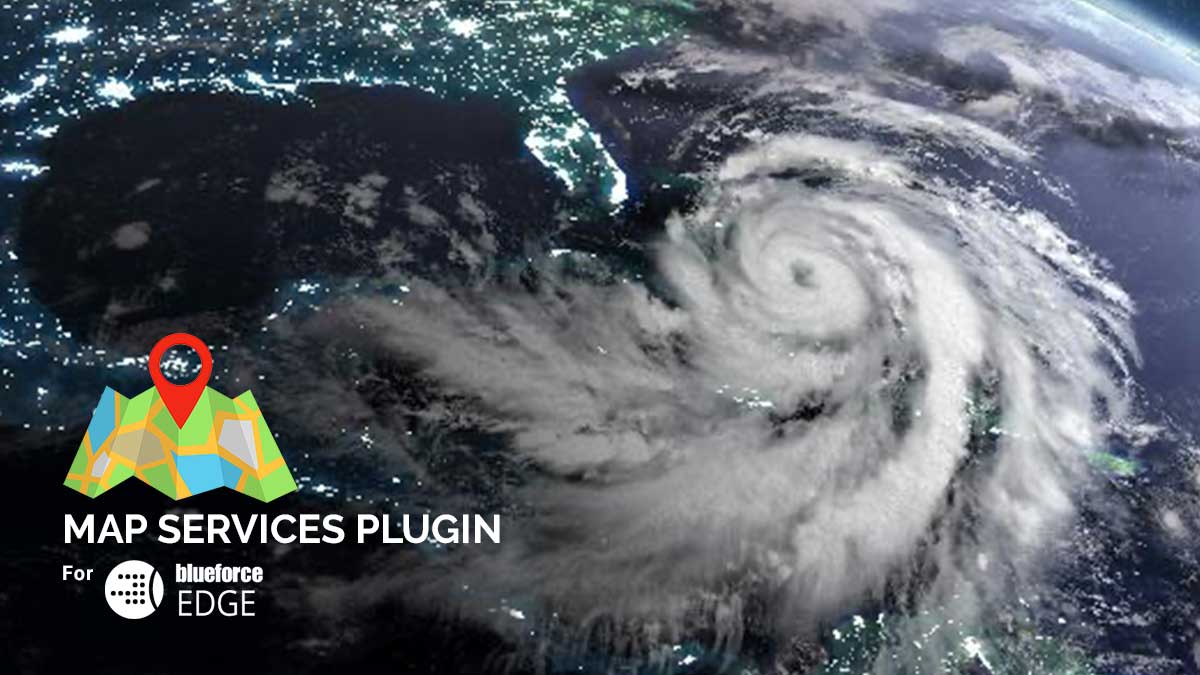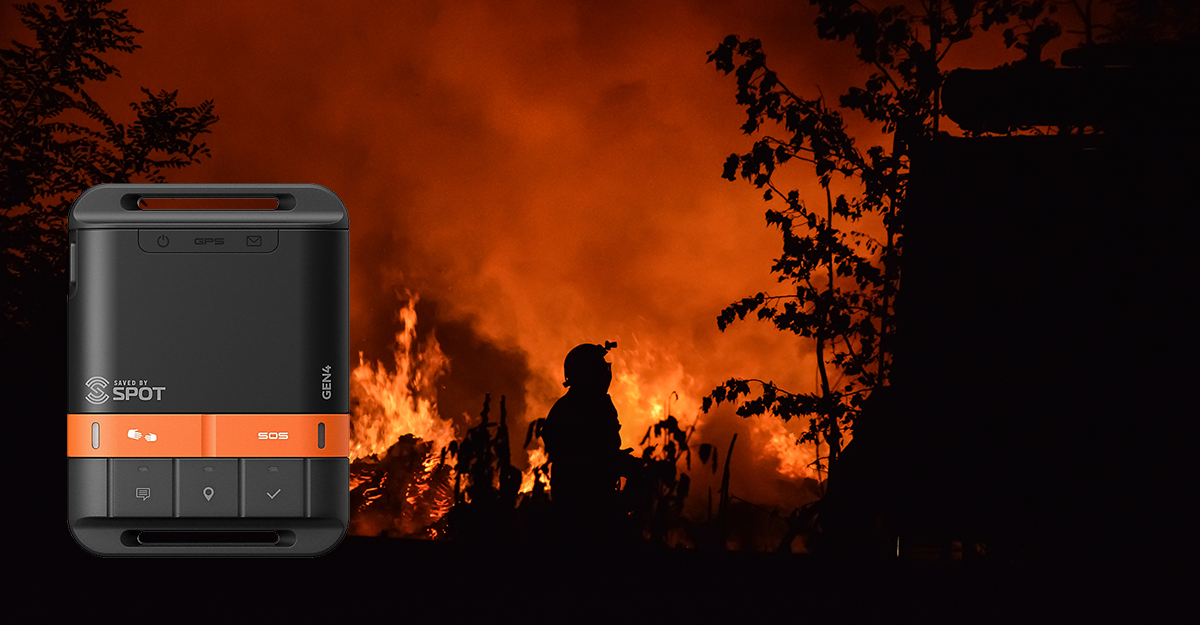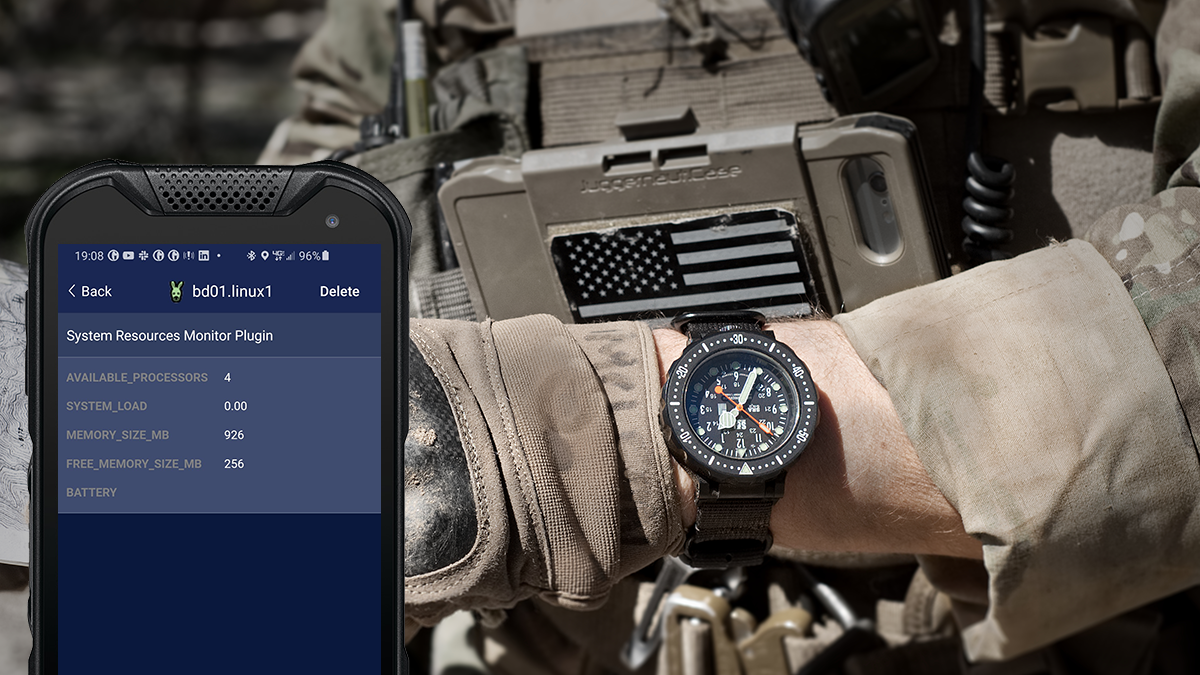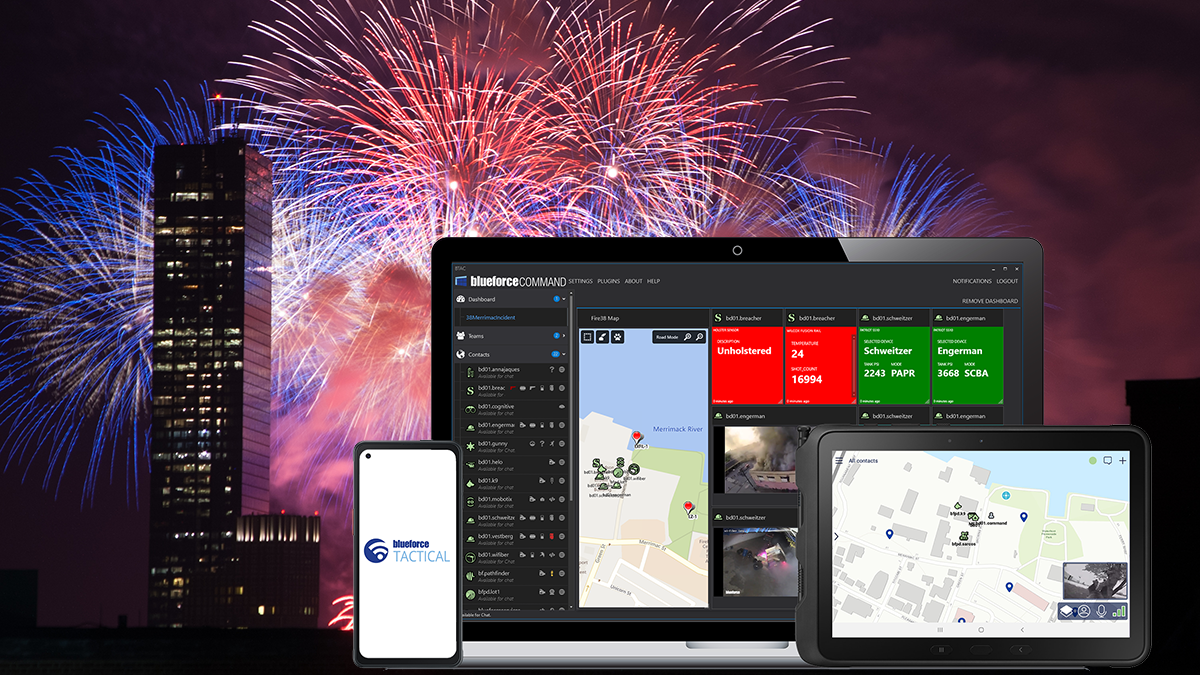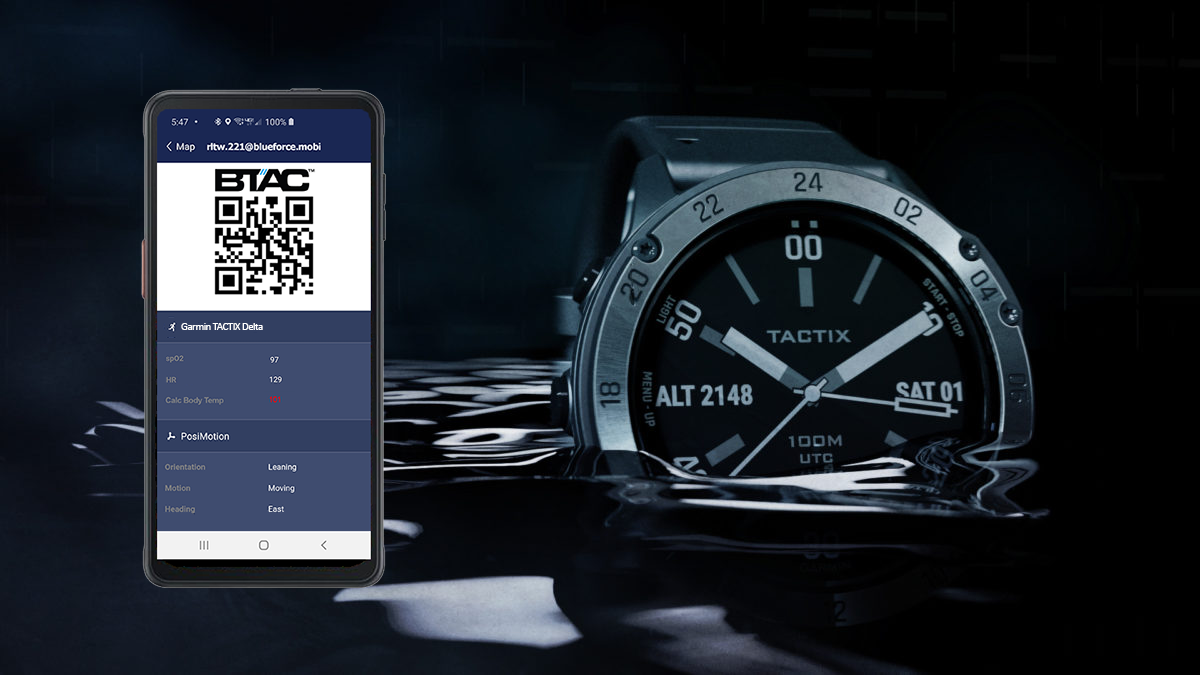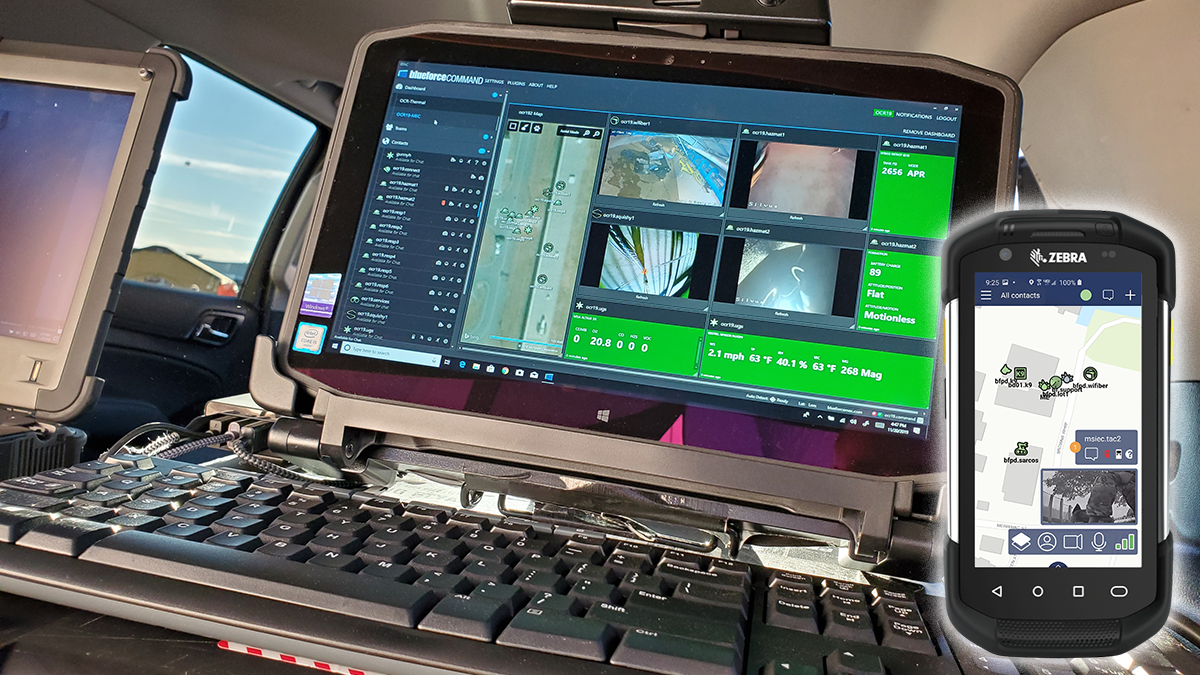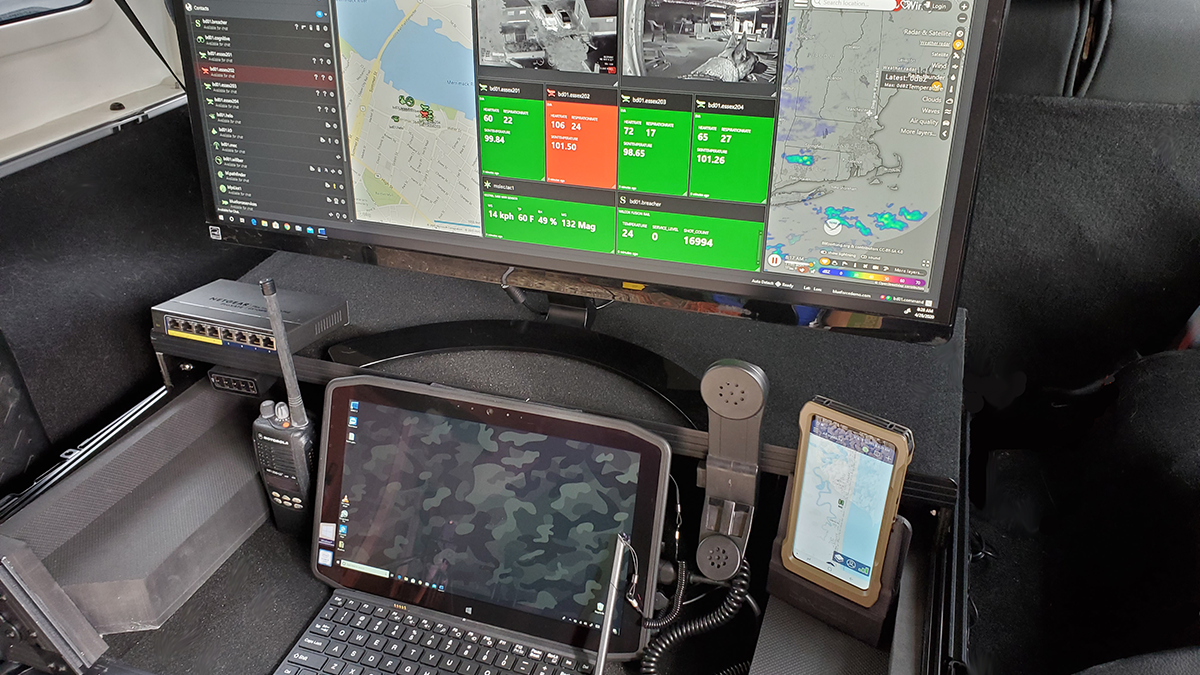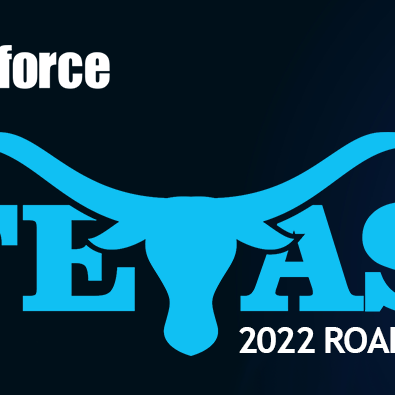Hyperlocal Weather Plugin for BlueforceEDGE
The relationship between weather and emergency management (not to mention emergency preparedness) is fundamental and can be quite complicated. Weather causes many of the disasters that require an emergency response, yet awareness of conditions is essential for management of incidents unrelated to weather as the cause. For sure, meteorological awareness can have a profound effect managing the extent of destruction to life and property to...
Read More


